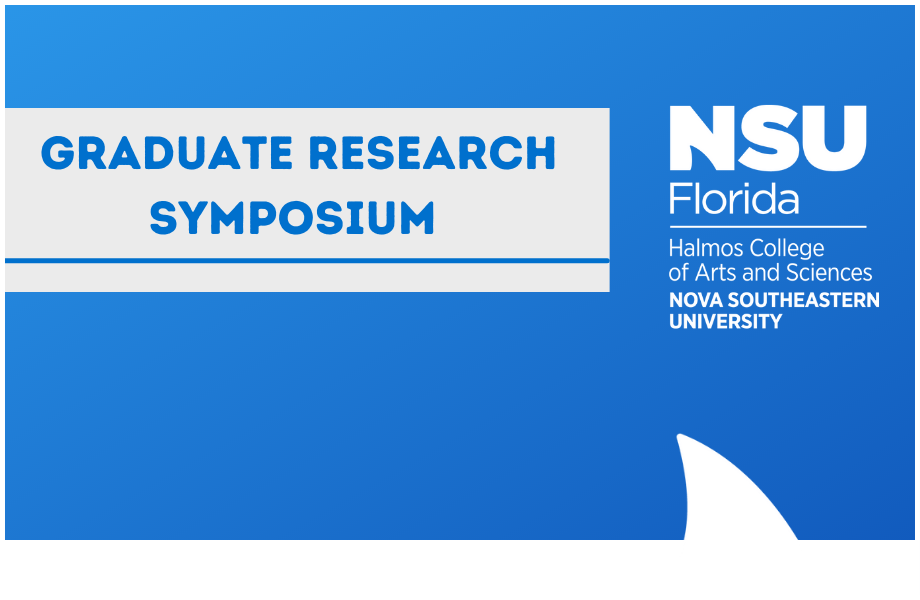Evaluating the Efficacy of Using Geomorphology as a surrogate to Benthic Habitat on the Miami Terrace
Location
Guy Harvey Oceanographic Center Facility
Start
1-30-2018 11:15 AM
End
1-30-2018 11:30 AM
Type of Presentation
Oral Presentation
Abstract
The Miami Terrace is a drowned carbonate platform in deep-water that parallels the southeast Florida coast. Portions of the terrace contain coral reef and hardbottom habitat that make it of particular interest for conservation. As extensive biological surveys of deep-sea habitats are often logistically prohibitive, it is useful to establish a surrogate to biological data for the initial characterization and mapping of these deep-sea habitats. This provides economic benefits in the form of reduced survey costs from expensive ground-truthing surveys to characterize and map benthic habitats . For benthic habitat mapping, geomorphology is a viable surrogate that has been shown to significantly correspond to species distribution and community composition. Data collected from the Miami Terrace were analyzed to determine if geomorphology could serve as a surrogate to biological data for the characterization of benthic habitats. Existing high resolution multibeam data were classified according to historically published regional zones and topographic relief. Then a standardized set of images from previous ROV surveys were analyzed for organism density and percent cover across regional zones and topography. Detailed analyses were limited by sample size; however, the results support the use of geomorphology as a surrogate. Multivariate analyses indicate that community compositions varied across the different geomorphologic zones of the terrace, however, the percent cover of substrate type, which was not mapped, also affected the biological data. Future mapping should try to account for both regional zonation, topography, and substrate type (hard versus soft bottom).
Key words: deep-sea, environmental surrogate, habitat characterization, multivariate
Evaluating the Efficacy of Using Geomorphology as a surrogate to Benthic Habitat on the Miami Terrace
Guy Harvey Oceanographic Center Facility
The Miami Terrace is a drowned carbonate platform in deep-water that parallels the southeast Florida coast. Portions of the terrace contain coral reef and hardbottom habitat that make it of particular interest for conservation. As extensive biological surveys of deep-sea habitats are often logistically prohibitive, it is useful to establish a surrogate to biological data for the initial characterization and mapping of these deep-sea habitats. This provides economic benefits in the form of reduced survey costs from expensive ground-truthing surveys to characterize and map benthic habitats . For benthic habitat mapping, geomorphology is a viable surrogate that has been shown to significantly correspond to species distribution and community composition. Data collected from the Miami Terrace were analyzed to determine if geomorphology could serve as a surrogate to biological data for the characterization of benthic habitats. Existing high resolution multibeam data were classified according to historically published regional zones and topographic relief. Then a standardized set of images from previous ROV surveys were analyzed for organism density and percent cover across regional zones and topography. Detailed analyses were limited by sample size; however, the results support the use of geomorphology as a surrogate. Multivariate analyses indicate that community compositions varied across the different geomorphologic zones of the terrace, however, the percent cover of substrate type, which was not mapped, also affected the biological data. Future mapping should try to account for both regional zonation, topography, and substrate type (hard versus soft bottom).
Key words: deep-sea, environmental surrogate, habitat characterization, multivariate


